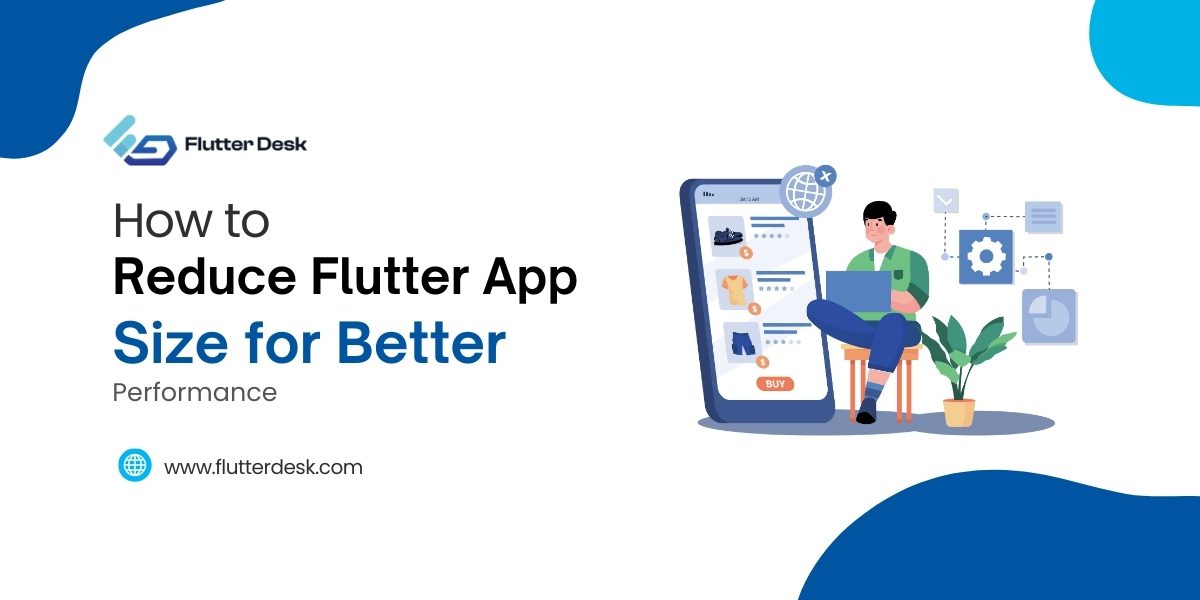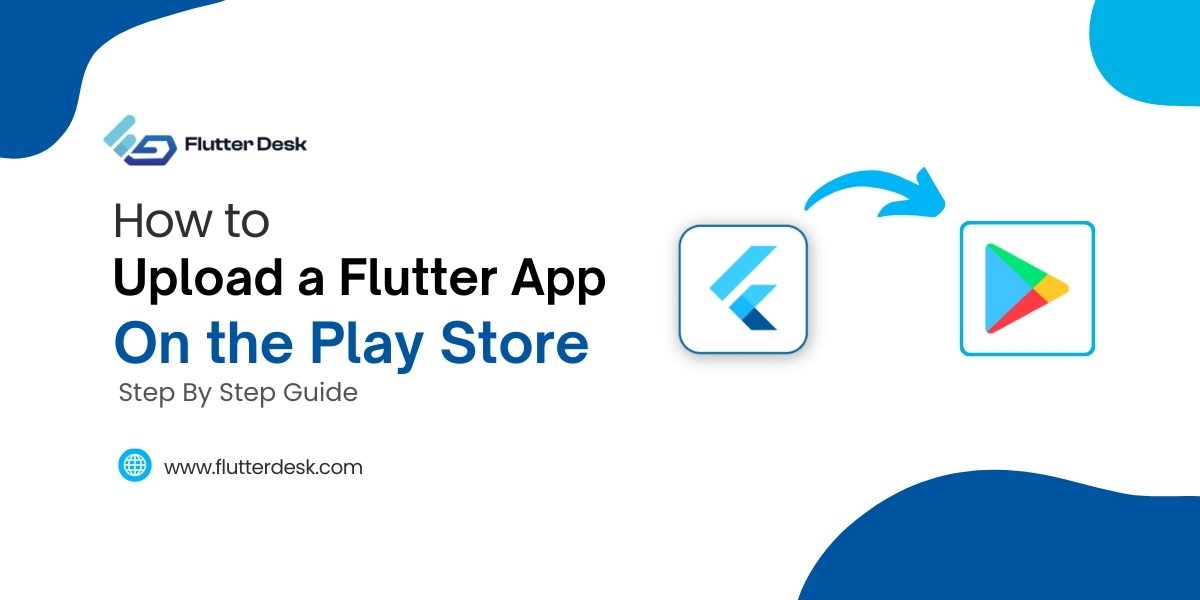In recent years, the financial industry has become more advanced and tech-savvy. It has been leveraging more advanced terminologies and adapting modern trends to serve its clients better. This has led to the creation of the term “FinTech” called financial technology. It is the combination of finance and technology that results in the development of a FinTech app that performs online transactions, mainly.
In the present era, FinTech technology is growing fast and powerful apps are popping out every next day. The market has the utmost potential for FinTech apps these days, so it is not surprising that most of them are making marks, too.
In a traditional banking system, the security and technological features were less, but now FinTech apps have changed the game. These apps provide more security and convenience to their users.
Related Post – flutter projects that can add to portfolio or resume
What is FinTech App development?
FinTech app refers to a financial technology available to any mobile or web platform for streamlining the online payments processes. In FinTech app development, we integrate payment gateway services that help users quickly make payments across the world. Companies, banks, and other organizations can manage their financial activities more efficiently with the help of FinTech software that is customized to their needs.
How does the FinTech app work?
FinTech apps have several steps to work in. Firstly, we securely unlock account information, like balance and transactions, through a service or app that adds to or enriches the data.
The other way FinTech apps operate is by leveraging funds from pre-existing bank accounts to new accounts, which can then be used for things like stock trading or digital currency. Users can quickly and easily transfer money from their bank accounts into a separate account where they can make various investments using platforms like Robinhood and Coinbase.
Types of FinTech app development
There are different types of FinTech apps that can help a potential audience by providing quick transaction experiences. Let’s discuss them one by one.
1) Budgeting Apps
Currently, with the support of FinTech, managing investments, personal finances, and budgeting has become more convenient. People can utilize one of the many investment applications available on the market to save money. Additionally, these applications can be linked to a user’s bank account. This makes it simple to keep track of and manage the budget.
2) Banking Apps
We design banking apps in such a way that users can quickly and independently carry out their transactions. There should be no more waitlists. No queue things like walk-in banks. This makes the traditional banking system look more hectic and less efficient, which they are.
Now, many traditional banks develop their system in mobile apps. The reason is that financial transactions have become easier and more convenient. The mobile banking app has dramatically altered every financial institution’s working methods. Users no longer need to visit banks to manage their bank accounts physically; everything can be done via a fintech smartphone app.
3) Insurance Apps
Insurance apps gather customer information in great detail. So it becomes essential to have a streamlined procedure with distinct stage visualizations and a professional user interface.
People can easily calculate their premiums, buy insurance, claim insurance, and perform many other activities through insurance applications.
Insurtech is a new thought. It means insurance technology.
4) Stock Trading Apps
Through the use of fintech solutions, stock trading has also grown simpler. Apps for stock trading are now available, and they assist with share purchases and sales, as well as portfolio management and investment research. The well-known stock trading applications include IG, Etoro, and Plus500.
What are the Key Features of the FinTech App?
Here are some of the most important key features that every FinTech app should have:
User-Friendliness
FinTech apps should be easy to use as they are meant to provide ease to end-users and make processes smoother for them. A FinTech app development company operates on the guiding philosophy of offering its clients cutting-edge services through the most user-friendly interface. The goal of FinTech is to offer straightforward analytical tools for categorizing financial data and listing transactions. It also creates financial applications that give users a simple user interface.
Security
All necessary security measures must protect the user’s financial and personal information in any FinTech solution. FinTech businesses must utilize encryption, two-way authentication, blockchain, data obfuscation, and other security techniques that help protect banking services.
Customer Support
When in need of anything, businesses and consumers frequently turn to applications. Make sure a live chat or support option is accessible every single day of the year. Some people feel at ease conversing with others, whereas others do not. Include a chatbot option to help those who are not. Or you can combine these features to create a reliable customer support system that is simple to access when needed.
Push Notifications
Push notifications allow app users to learn about new app updates, the information they are missing, and more. As a result, these notifications are particularly successful in fintech apps. They aid in enhancing communication between customers and bank representatives. In addition, users of the application receive regular updates via push alerts on new discounts and policies.
Personalization
Users are attracted to personalization because it makes them feel valued. Any fintech application must provide customized solutions to all smartphone users. Additionally, cross-platform application developers must leverage several programming languages and technologies to offer specialized solutions. Business analysts in the fintech industry use AI in a variety of ways. It supports the development team’s analysis of user trends and provides pertinent information about new regulations, advantages, and upgrades.
Customization Liberty
Each business organization has unique needs. However, success is assured when you get to the point where you are aware of your clients’ culinary tastes. Your consumers should have an outstanding experience with the mobile FinTech apps you design. Services for developing FinTech software should assist organizations in gathering information on client style preferences.
QR code & Scanning
Give consumers the option to scan numbers rather than inputting them manually to save time. This is a much more practical and error-free method of managing financial operations. Wintrust and FIS installed ATMs in 2015, where customers could just scan the QR code using their app to withdraw cash. Compared to a regular withdrawal, which takes 47 seconds, they estimated that this withdrawal takes just 8 seconds. Scanning a QR code helps customers to withdraw their money in a few seconds.
FinTech App Development Process
Conduct Research
Fintech developers conduct extensive research before developing an app. They don’t directly jump to developing an app; they do research first. It would be best if you created a road map of your plan before you can decide on the interface’s appearance and the features it will include. Additionally, it is important to be explicit about the MVP’s (minimum viable product) scope and all of its characteristics.
Create a Team
To start on FinTech app development, you must develop a team of professional developers. For this, you can use an in-house team or outsourcing facilities, depending on you. But make sure that you should communicate the process and purpose of the app with each team member. So you will need experts in the following niches,
- UI design expert
- Web app developer
- iOS app developer
- Mobile app developer
- QA Engineer
Or you can hire Flutter developers to own app idea and deliver it to you in the form of a software product.
Define the MVP Scope
In this section, you must clearly illustrate MVP’s scope and your app. You can follow these steps to illustrate things,
- In-depth market research, especially your app product related.
- Do meetings with your team members and explain what features should be included in the app, which feature is the primary target, and so on.
- To emphasize the chosen features, use techniques like prioritization matrices, etc.
There should be a clear description of each feature. Make sure to confirm the viability of your initial concept and determine whether the materials needed to give it shape are easily available.
Choose Technology Stack
Technology stack means choosing the best language for your app development process from the multiple apps option. I recommend you choose a cross-platform app development to develop your app as it saves lots of your and your team members’ time and money because you only need to write one codebase for Android and iOS.
Fundamental Features – APIs
Your fintech app needs to provide various features, including budgeting, saving, and bill tracking. You can use these basic features if you run a company that already provides these services. You have to create them from scratch for a start-up. Whatever method you adopt, you need to develop APIs for your app to gain fluent and smooth access to your website. I recommend you develop APIs like REST.
Concentrate on UI/UX Design
One of the most crucial components of developing a financial app is having an excellent UI/UX design. The UI/UX of the app allows users to communicate with the system. Therefore, the mobile application development team needs to ensure the app is simple. The team must produce several prototypes to determine which design is best for the application.
Launching Test
Reaching a beta version of your software before launching the full version is crucial. You can restrict access to it to just your local clients or employees. You will be able to correct a lot of irregularities using the feedback. Your app is ready to be formally launched once it is bug-free!
Update Your App
IT development is updating day by day as they develop new things every day. With lots of innovations, you need to update your app regularly. So that there is more reach on your app or website.
How much does it cost to build a FinTech App?
The cost of developing a FinTech app depends on how many features it contains, whether your fintech app is a mobile web or mobile app, or it contains a blockchain development. Topflight Apps has worked on banking apps that cost up to $160,000 to develop from start to finish (iOS and Android). However, it also created cool MVPs for $30,000 in total. However, I recommend you first develop prototypes so that you have the proper knowledge and know how much cost the app contains.
Final Note
We must accept the switch from conventional payment methods to online payment solutions is inevitable. Online payment options reduce time and money spent, and Fintech mobile apps might be one of the greatest solutions to all of your online financial needs. Fintech apps are low maintenance and user-friendly. But technological know-how is needed to create a Fintech application. Now, it’s become essential for all traditional businesses to turn their business into a fintech business.











